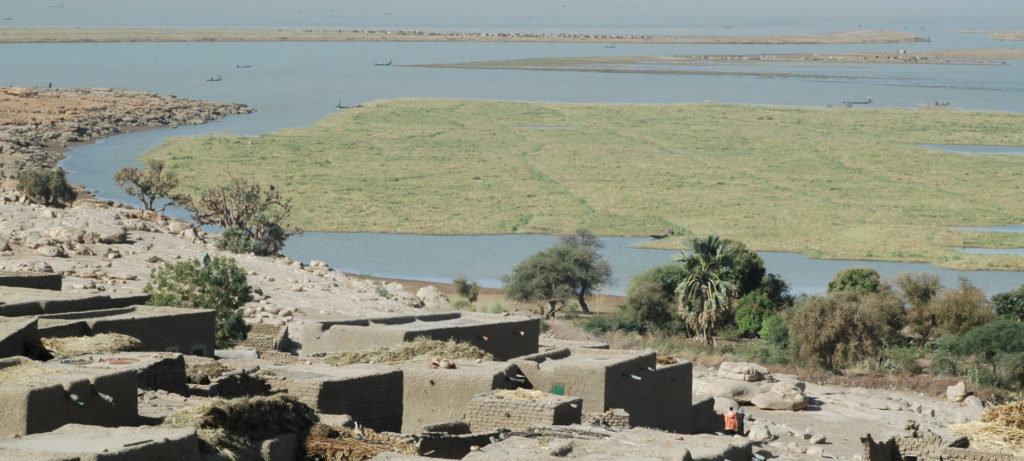Rains in West Africa in the current rainy season were exceptional. As a result, the Niger and Senegal Rivers have burst their banks and flooded the great floodplains of the Inner Niger Delta in Mali and the floodplains of the Senegal River Valley. In the Niger Inner Delta in Mali, between Mopti and Timbuktu, water levels have not been as high since 1969 – 51 years ago. The OPIDIN forecasting model – developed by A&W, Wetlands International and the Direction National Hydraulique in Mali – predicts that the peak flood will be reached begin November. This will result in an immense flood plain of almost 20,000 km2, almost half of the size of the Netherlands.
Where flooding is of concern elsewhere, it is of great value in this part of the Sahel. Here too, villagers have to cope with damage to their houses and belongings, but the abundant rainfall of recent months has above all ensured a large supply of grazing land for cattle. And at such a high flood in the delta, good fish catches and a high production of rice and other crops are guaranteed.
For the migratory birds that spend the non-breeding season in the Sahel, notably in the large floodplains, such as the purple heron, reed warbler and sand martin, the exceptional high flood is also good news. In years with a lot of rainfall and high floods, their survival is high, and many birds return from their wintering quarters. That is why we already know that 2021 will be a good year for these migratory birds!
More information can be found on the website of OPIDIN – www.opidin.org and the book Living on the Edge, about wetlands and birds in the Sahel.

